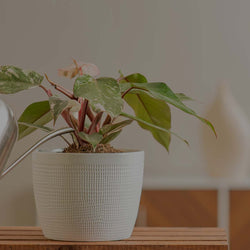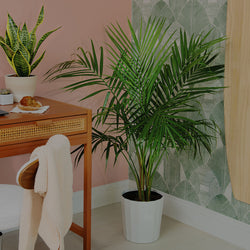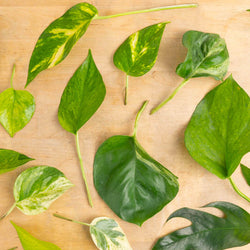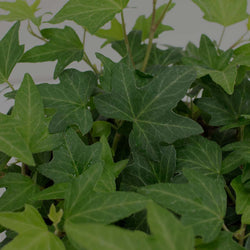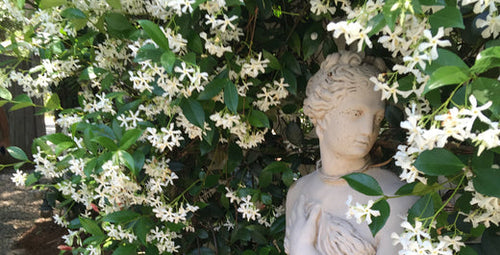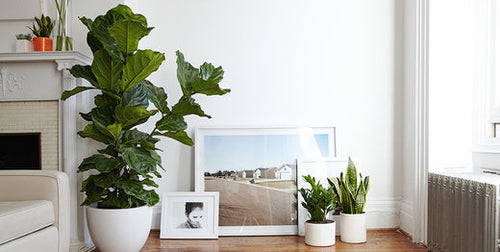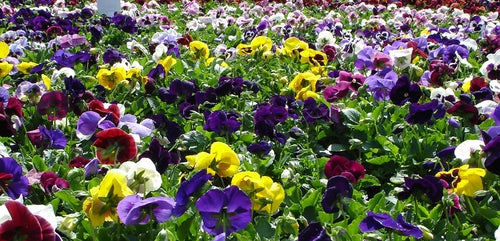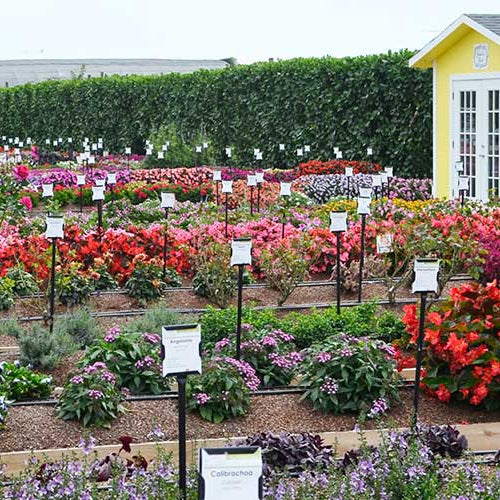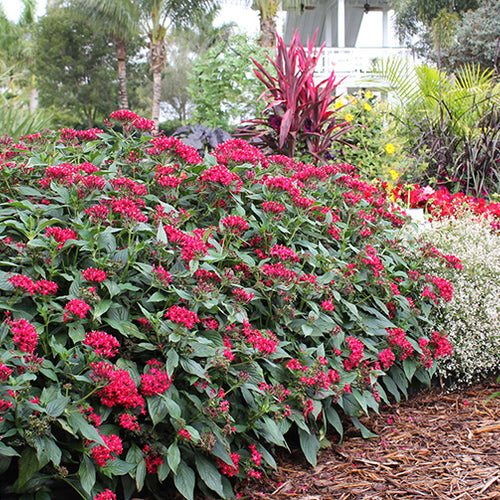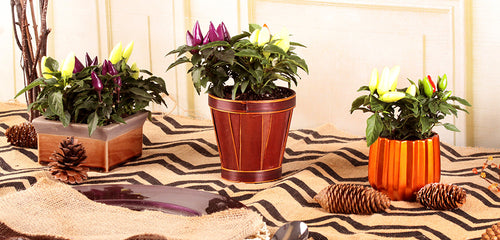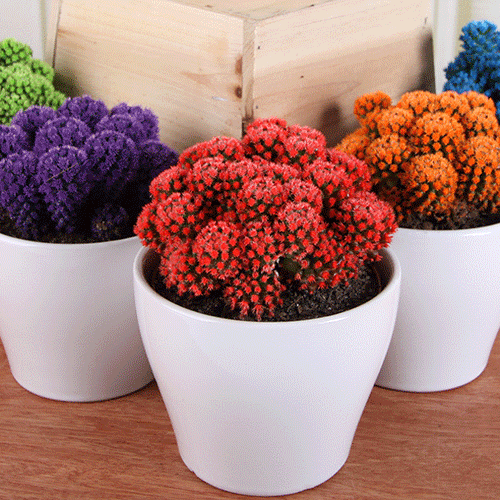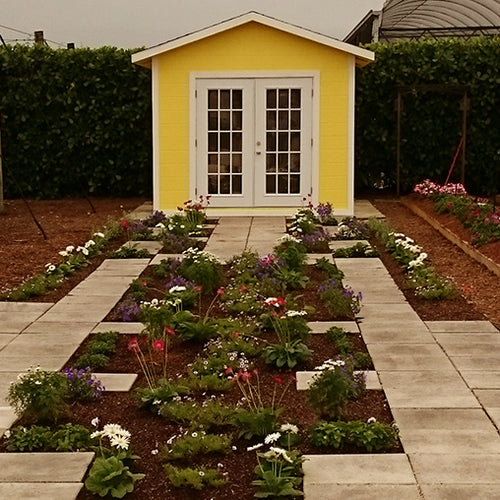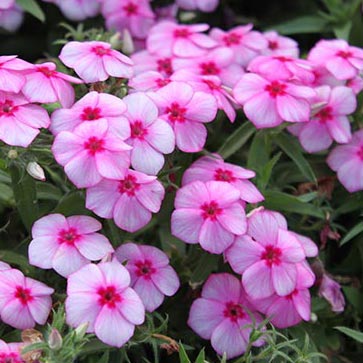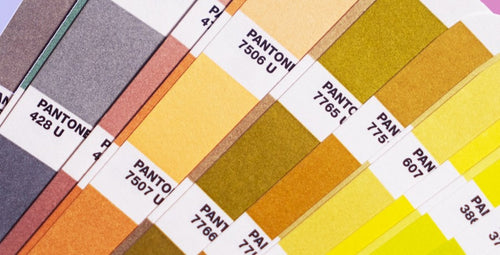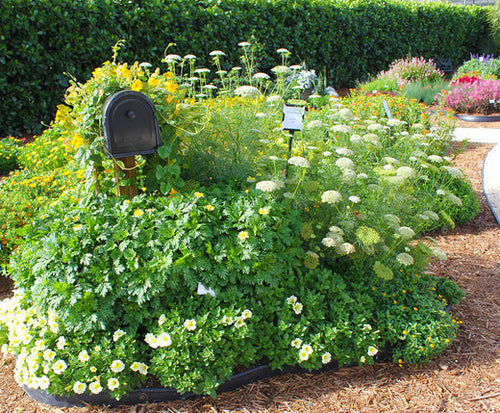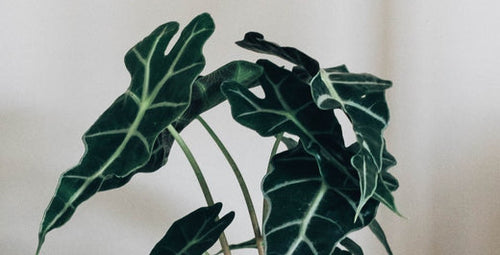It sounds like science fiction, but you can enjoy a glow-in-the-dark plant in your garden. A company called Light.Bio has been working on it since the 1980s and in 2025 Light.Bio made its very first variety—Firefly Petunia—readily available.
How it Works
Firefly Petunia was brought to life in a lab by bringing genes from a bioluminescent tropical mushroom into a Petunia plant. This brought about Firefly—a variety that looks just like your average, everyday white-flowering Petunia during the day. But after dusk, you'll enjoy a soft greenish glow (reminiscent of fireflies) from the flowers and flower buds.
After it was developed, Firefly went through a rigorous testing process by the USDA and APHIS (Animal and Plant Health Inspection Service) to ensure it didn’t pose a risk to pollinators, wildlife, or native plant life. Firefly is still being tested in other countries and isn't available in other places (including Canada) as of when I wrote this blog.
How to Grow Firefly Petunia
You might think it's harder to grow or needs special care, but happily, you can treat Firefly Petunia like any other Petunia variety. Give it a spot with full sun or part shade (at least 8 hours of direct sun is ideal). Water as the soil starts to dry out—the amount and frequency of water you need to use will vary based on your growing conditions. But Firefly Petunia isn’t particularly drought tolerant.
It thrives in temperatures between about 65 and 80F, but tolerates warmer and cooler conditions. Do protect it from frost or freezing temperatures.
If you’re growing it in the landscape, a moist, well-draining soil rich in organic matter is best. Amend heavy clay liberally with organic matter for best results. If you’re growing Firefly Petunia in containers, any quality potting mix made for pots and planters should be sufficient.
Like other Petunias, Firefly is considered a heavy feeder, so regular fertilization can help keep it blooming profusely and glowing best. Any general-purpose fertilizer should do the trick. Firefly Petunia doesn't need anything special or fancy.
Enjoying the Glow
The darker it is, the more you’ll see the glow from your Firefly Petunia. Streetlights or other ambient light sources will reduce the amount of glow you perceive. Likewise, you’ll notice the glow more on clear, moonless lights than on nights when there’s a bright full moon. In urban and suburban areas with lots of light pollution, you’ll detect less of a glow.
Grow Firefly Petunia where you’ll be able to enjoy it at night. That may take some creative thinking compared to your usual garden planning. For example, if you like to plant flowers by your front door because you pass by every day coming to and from work, you may rarely get to enjoy the blooms if you get home before dark and close the curtains as it gets dark outside.
Firefly Petunia may be perfect for planters on your deck or patio if that’s a place you hang out after the sun goes down. Or it might be in a window box so you can see it up close just outside a window of your bedroom. From a landscape perspective, Firefly Petunia can be both fun and functional along pathways, for example, to help with wayfinding in the dark.
From a design perspective, consider growing your Firefly Petunia with other white flowers (white Angelonia, for example, adds upright texture) or silver foliage. Light colors like that help pick up and reflect the glow a little, adding to the overall display at night.
Written by Justin Hancock
